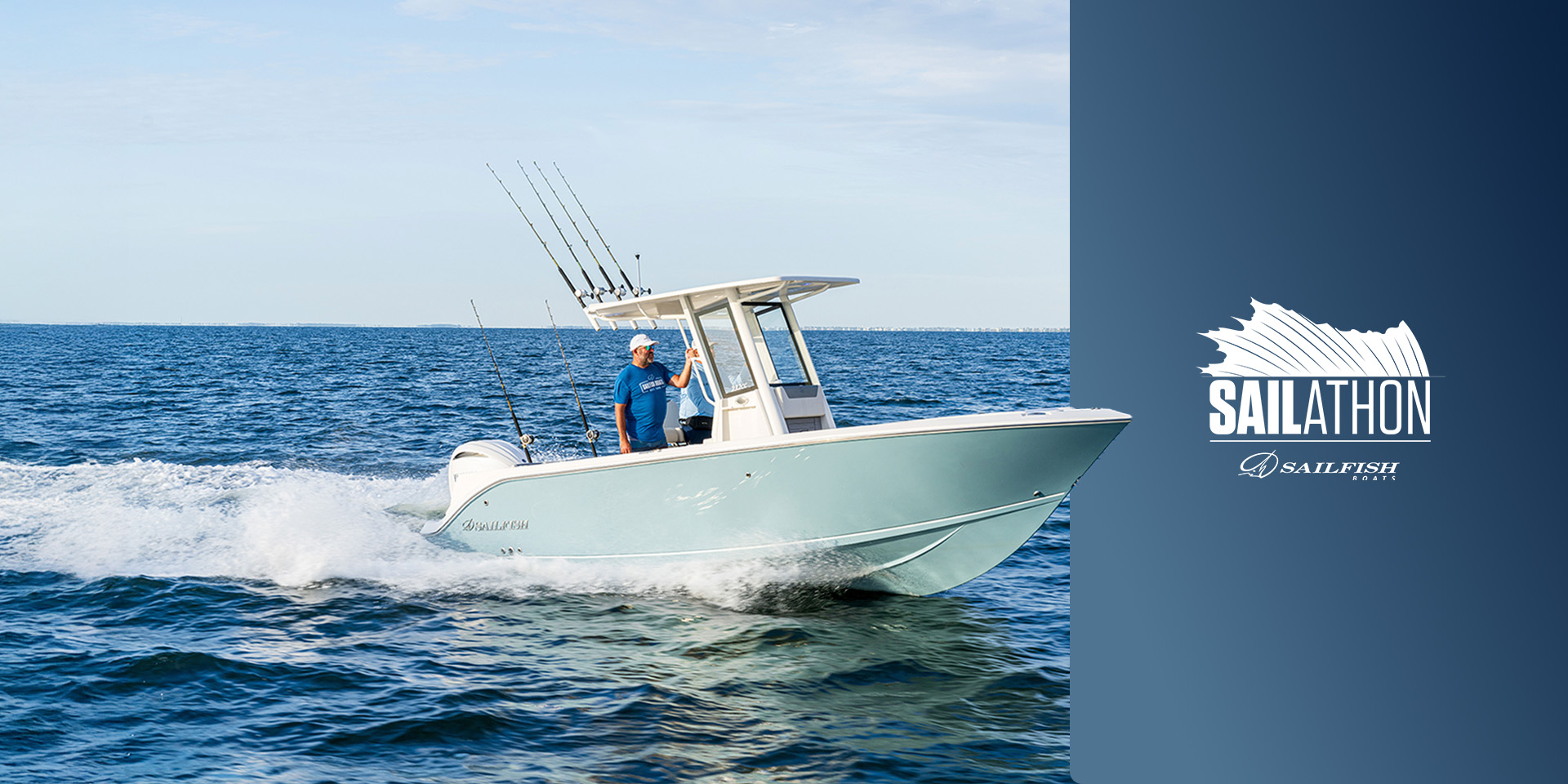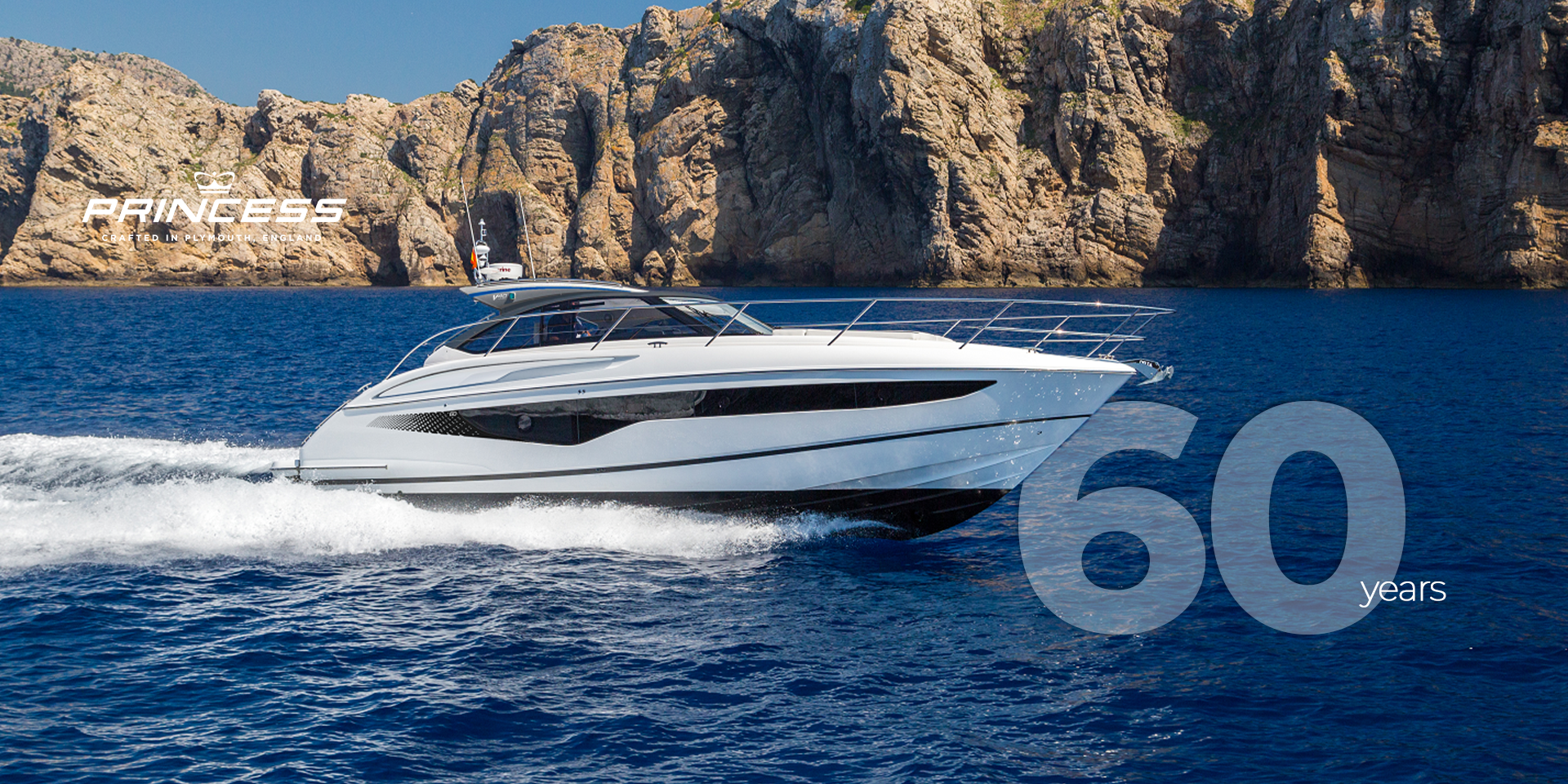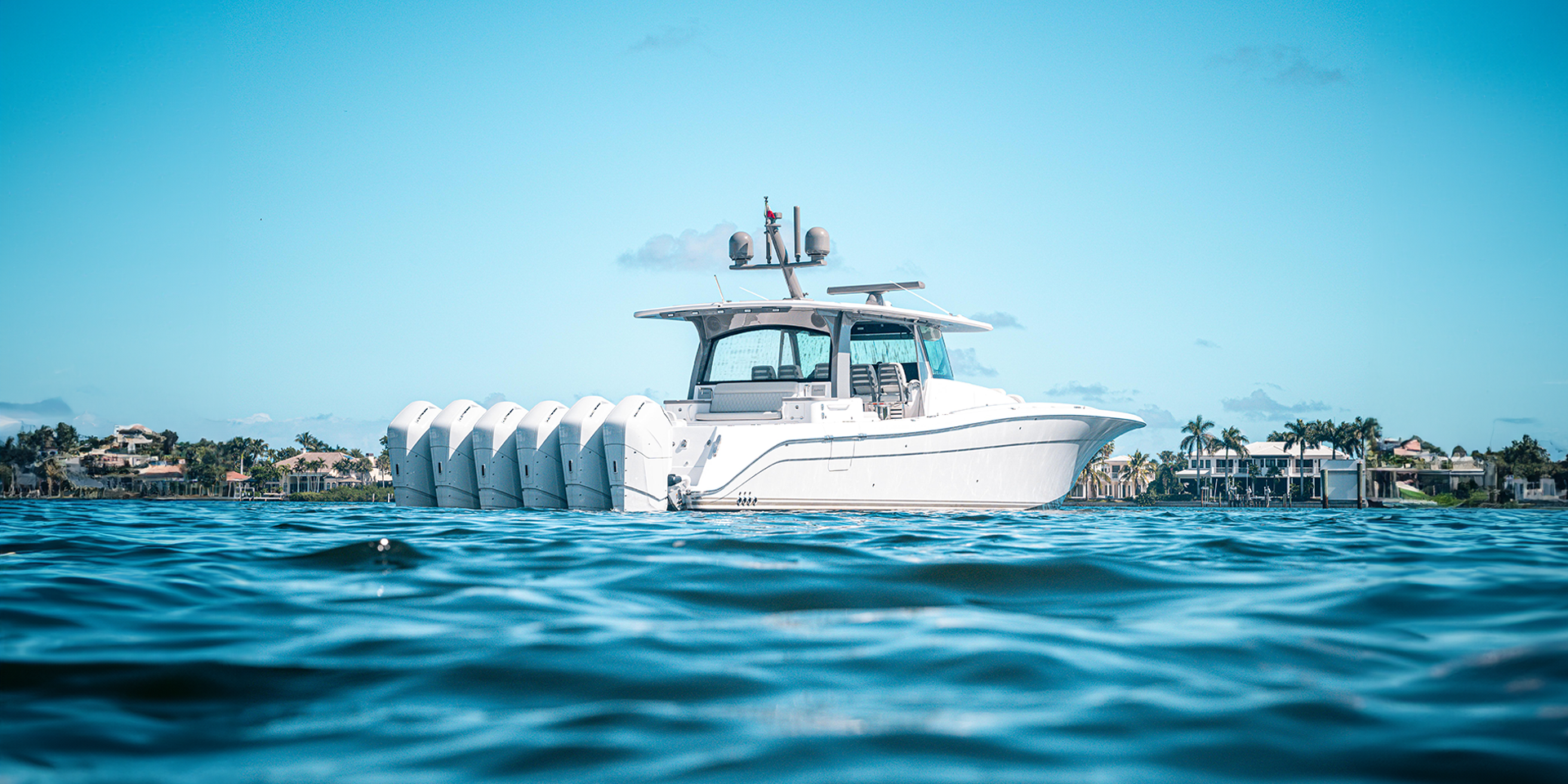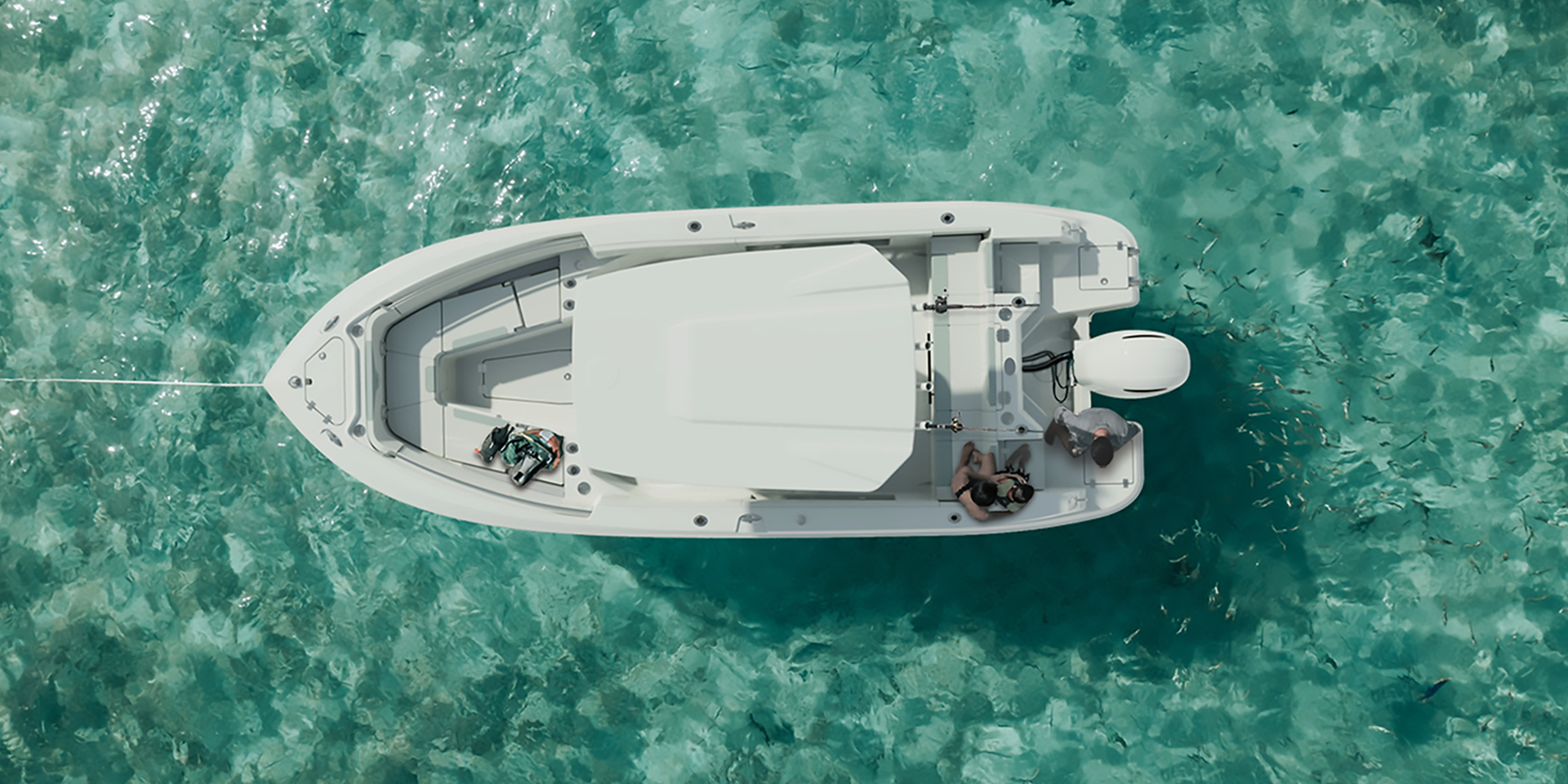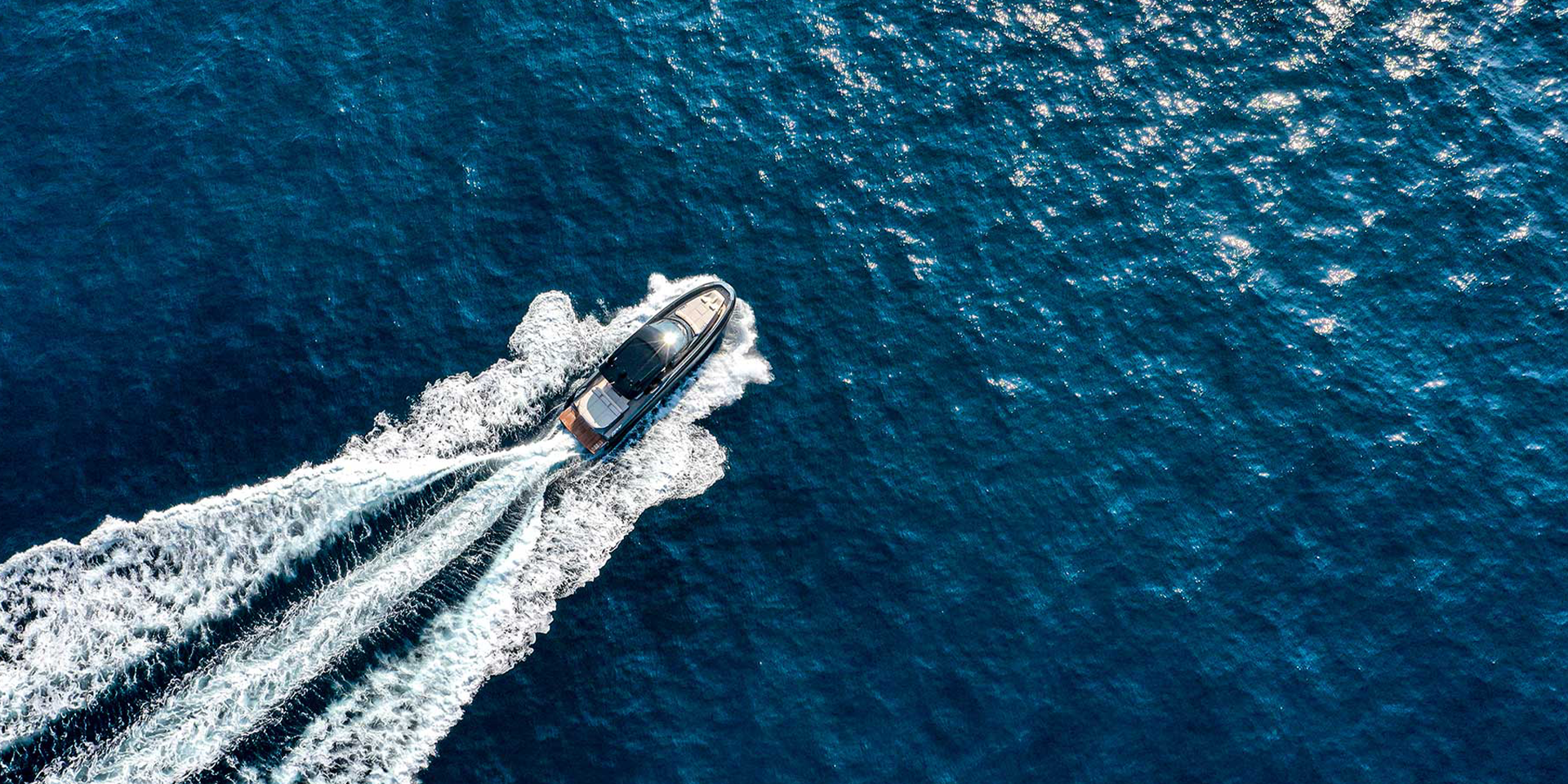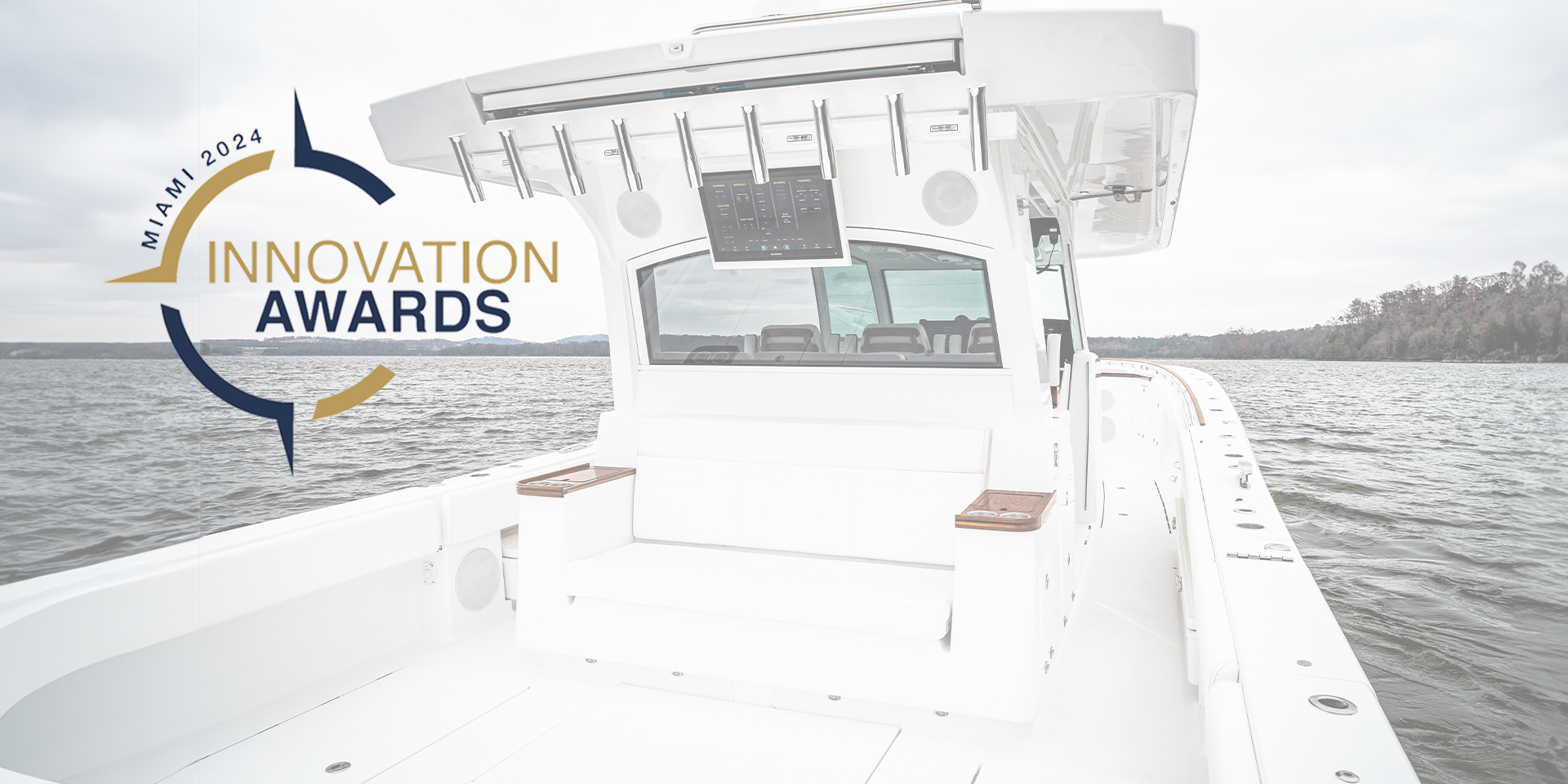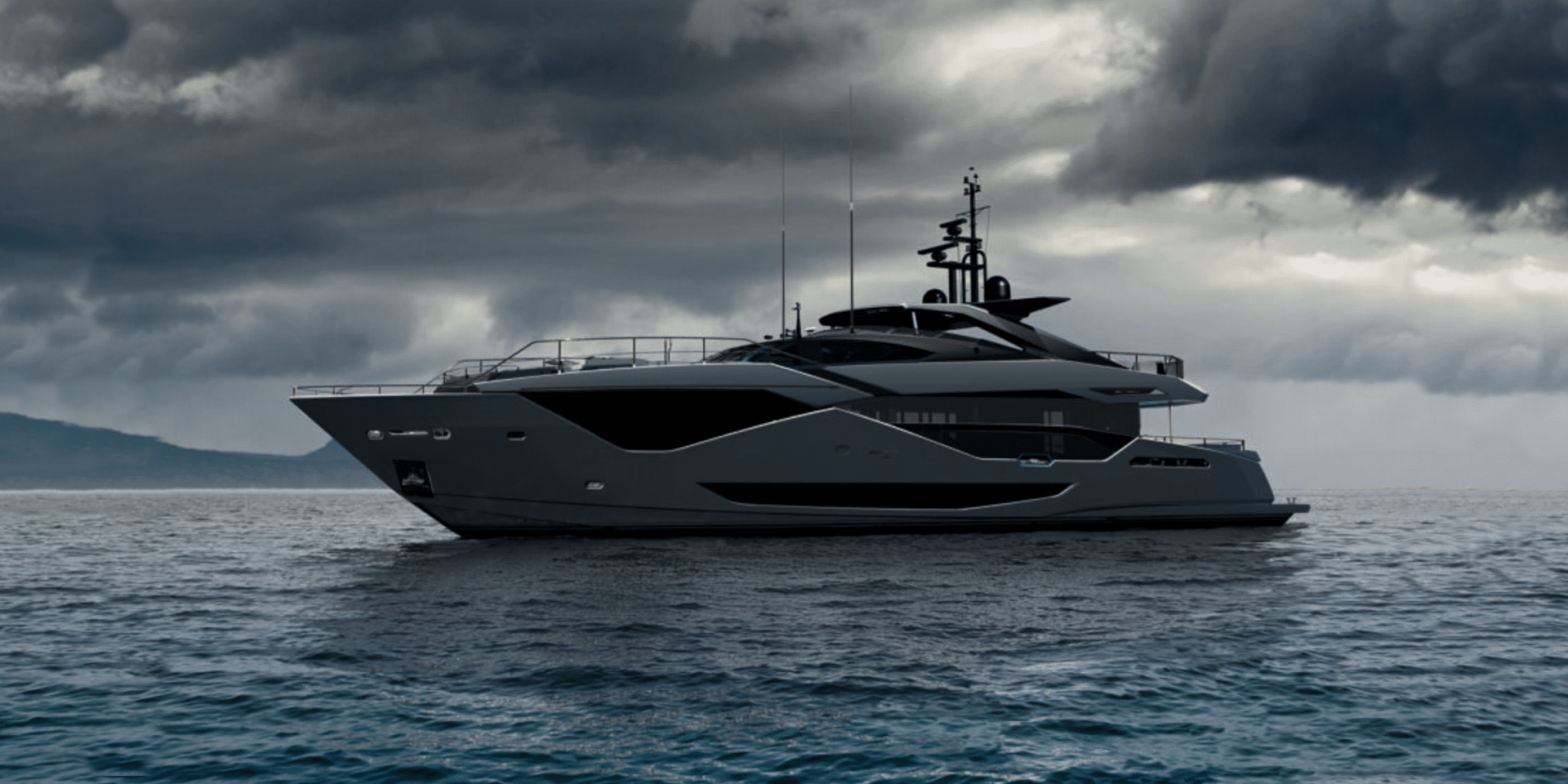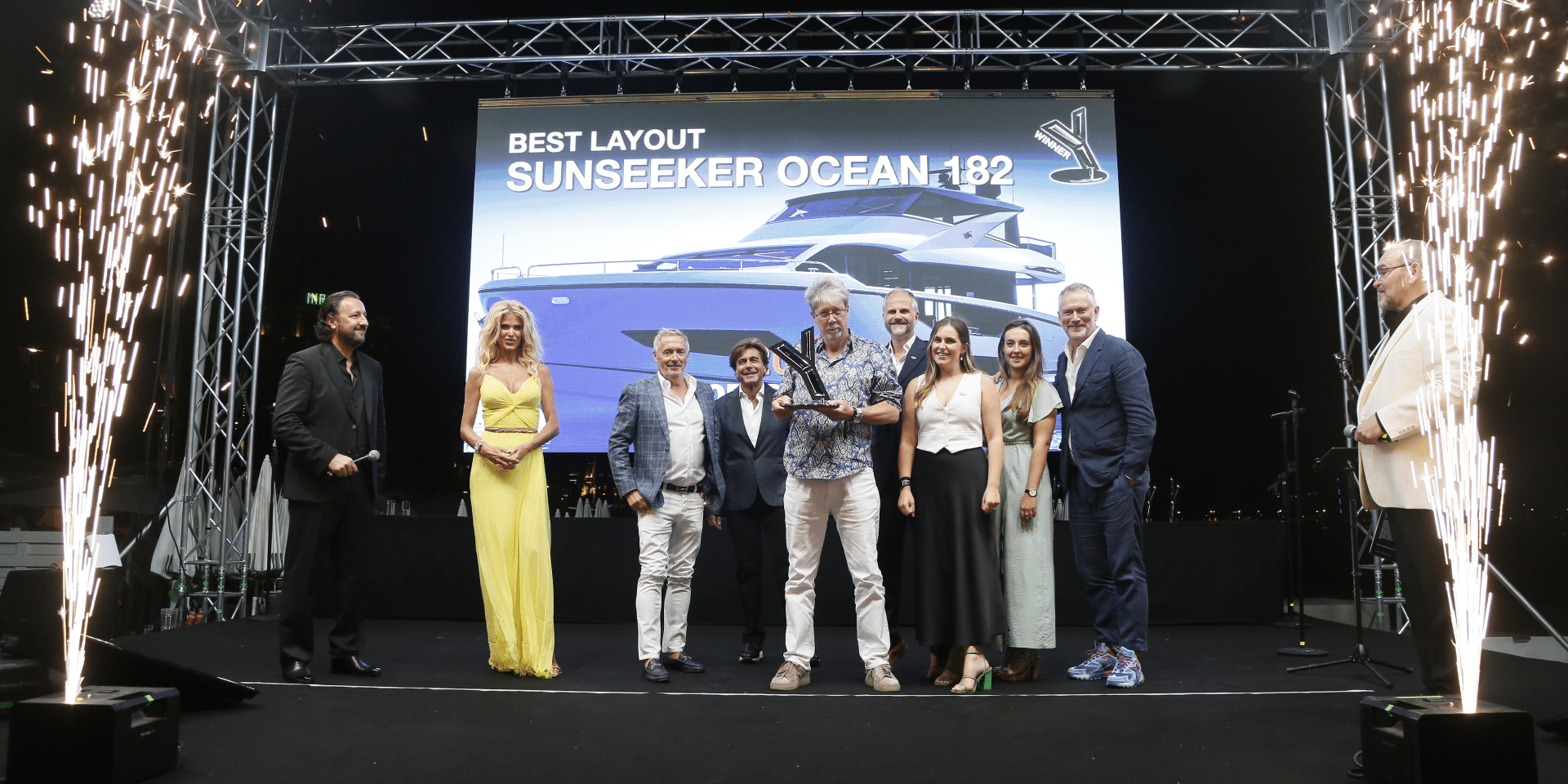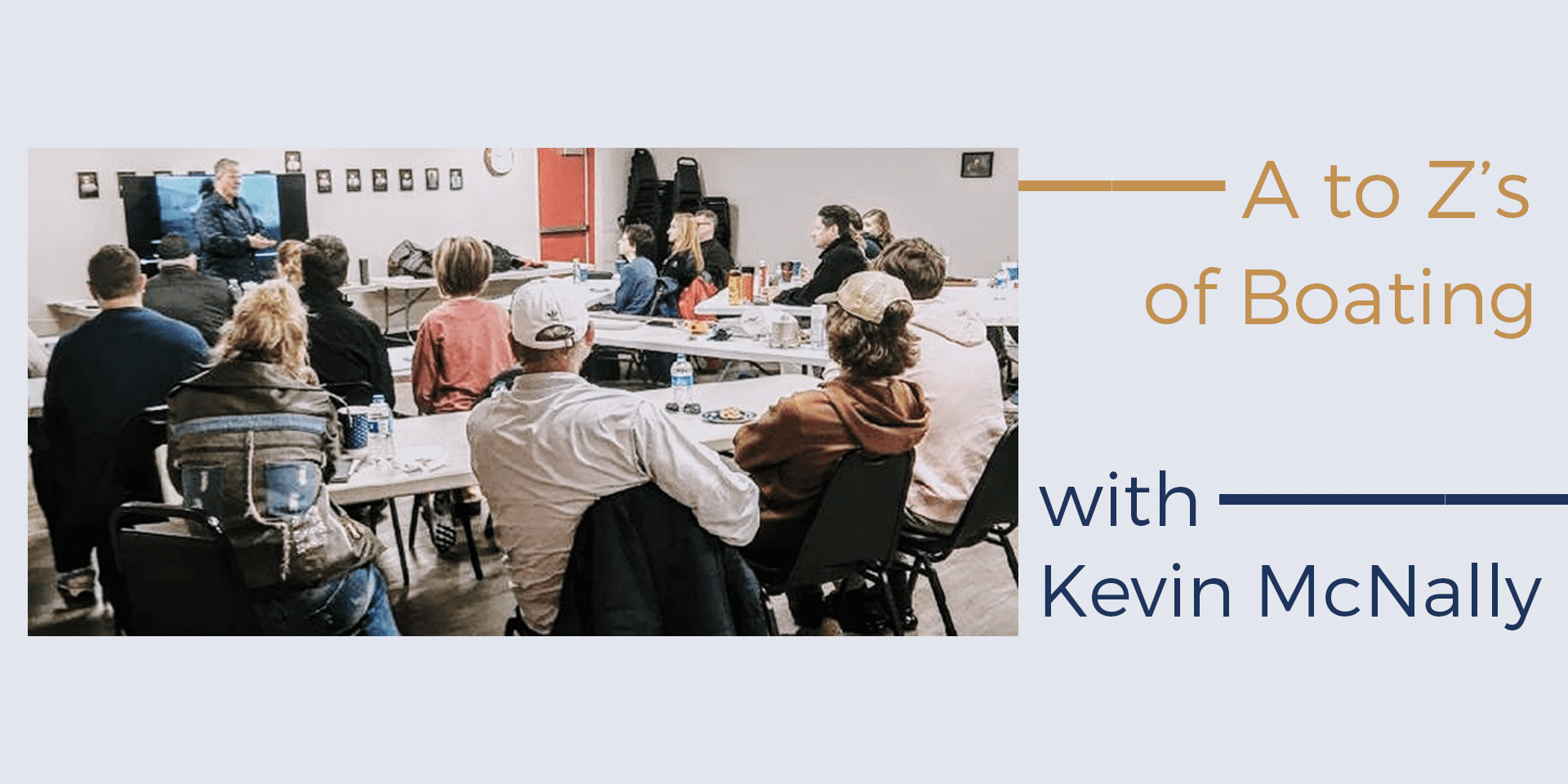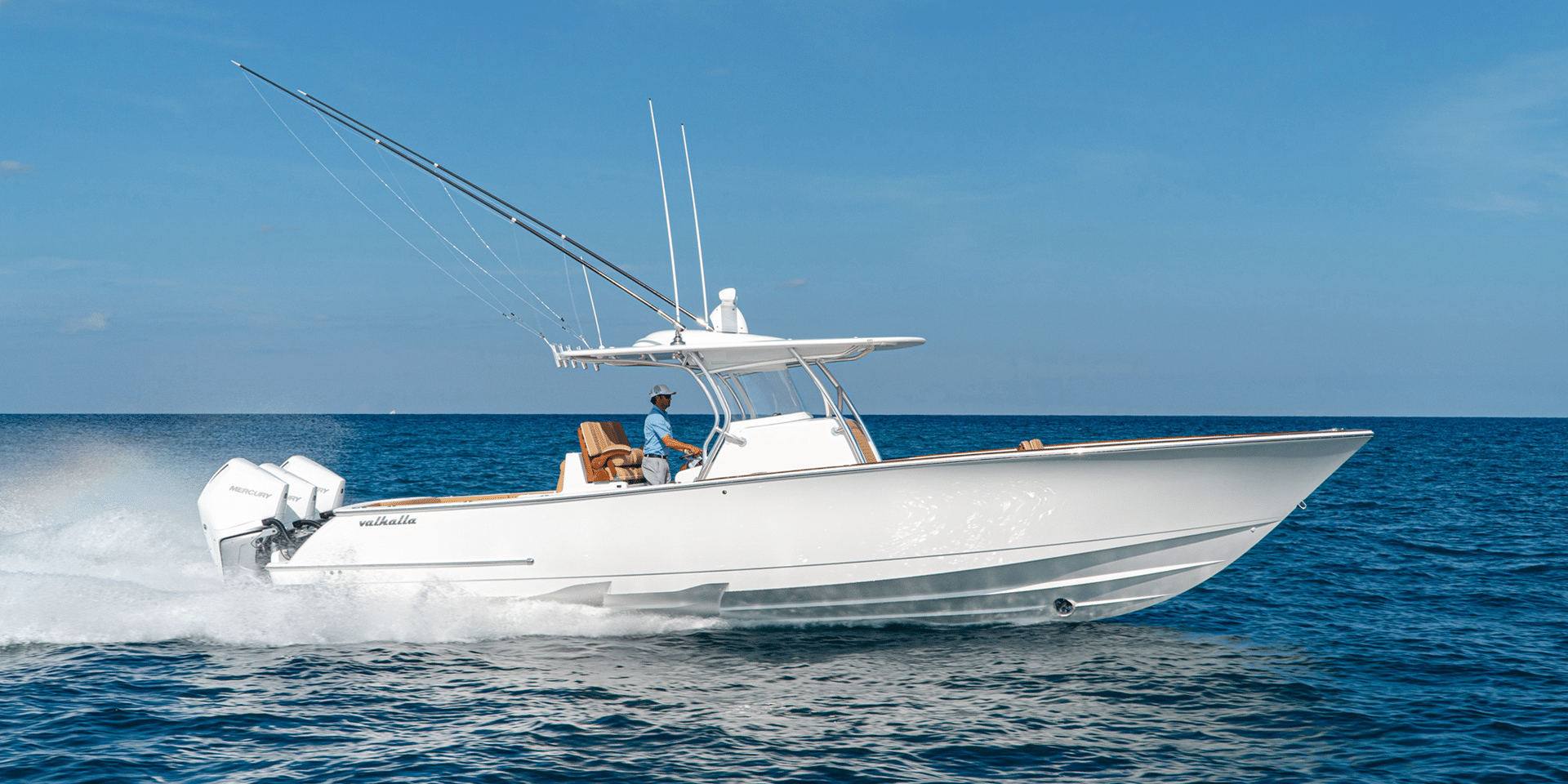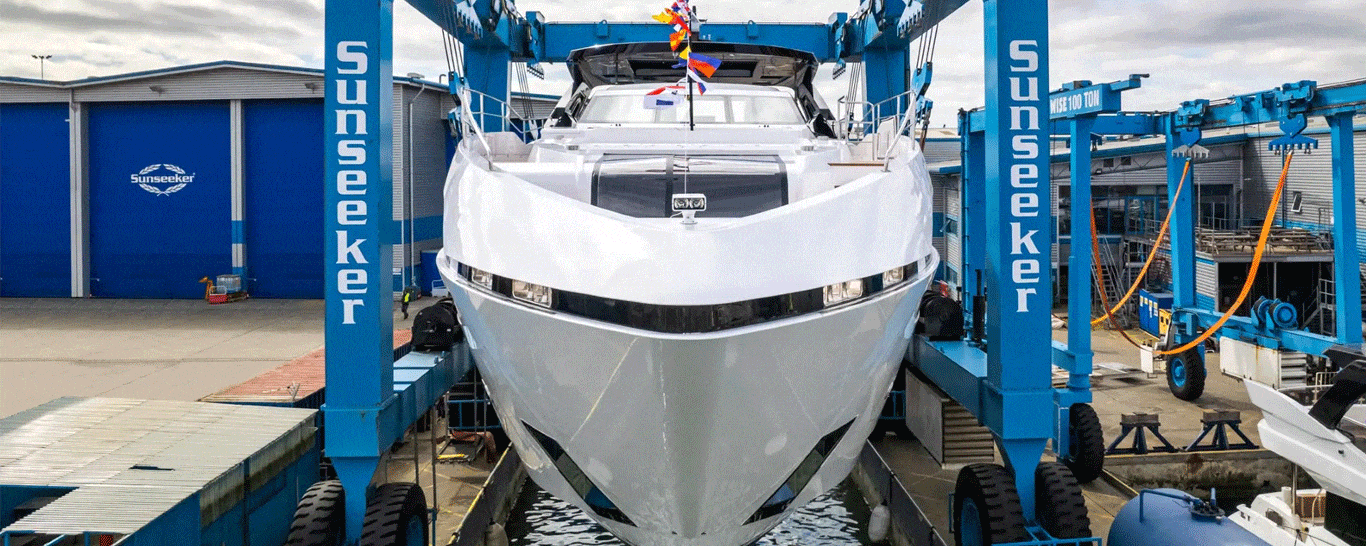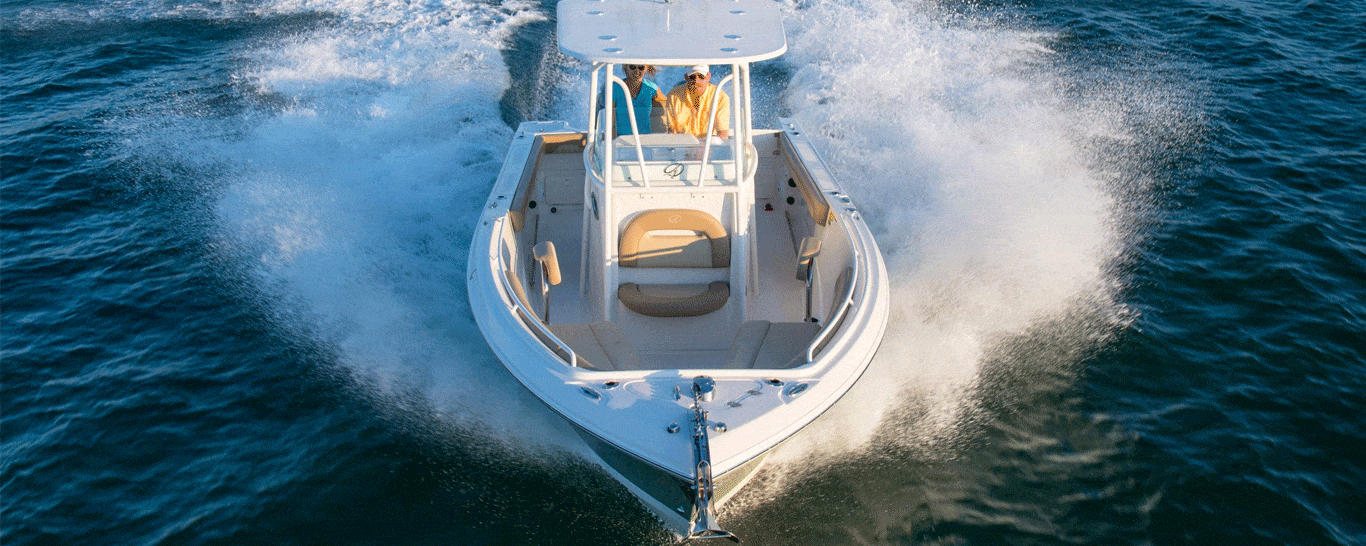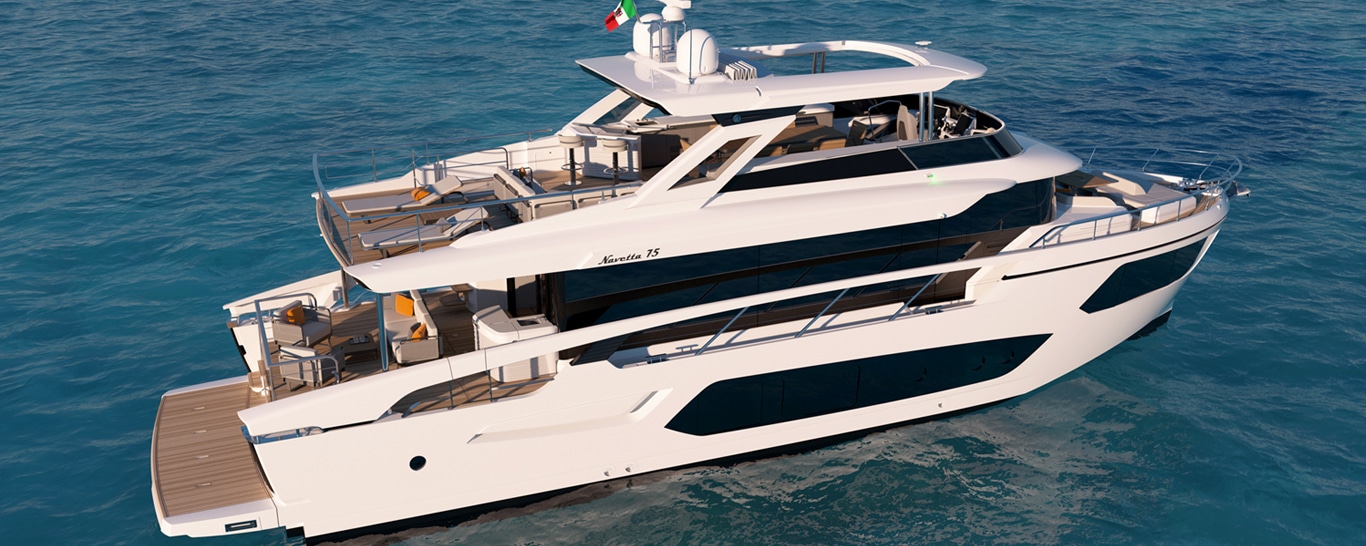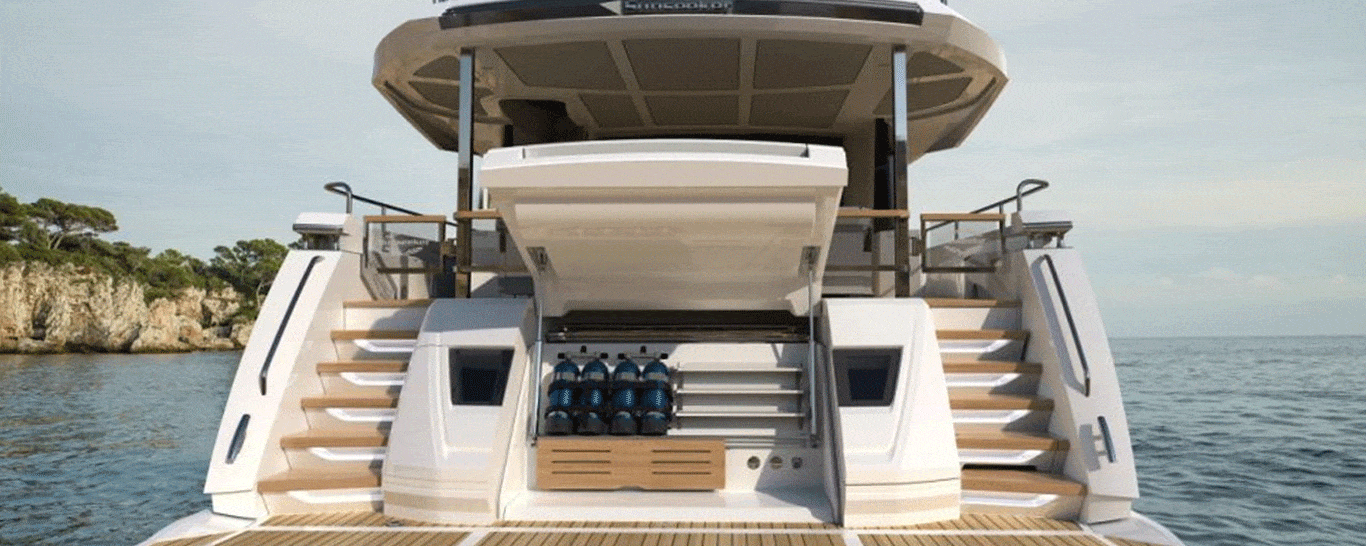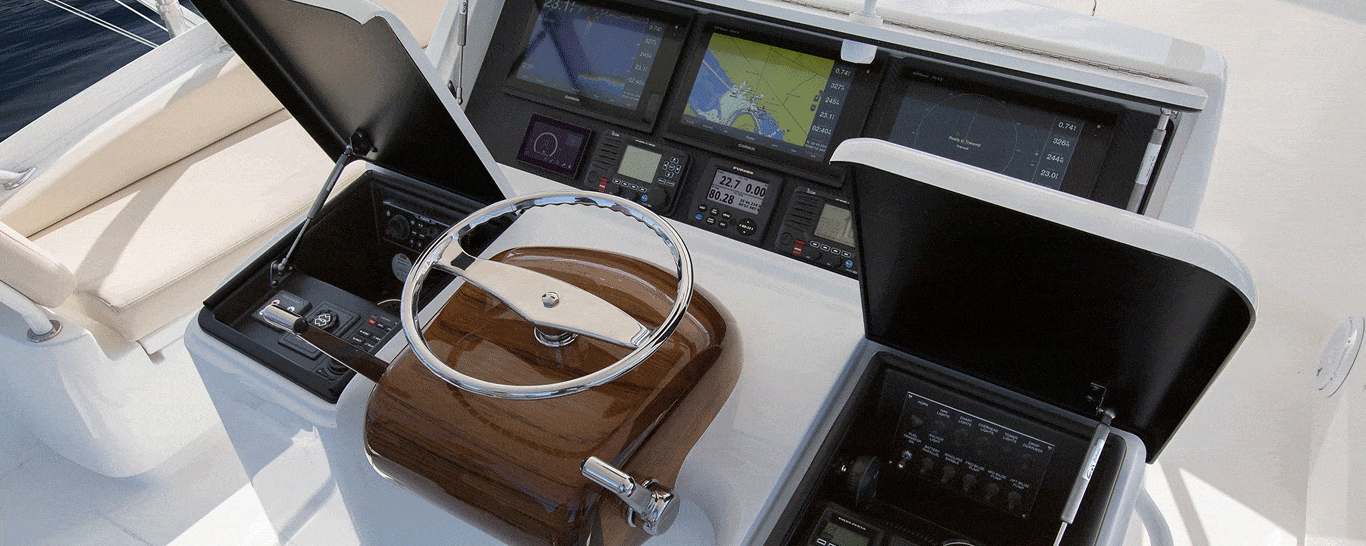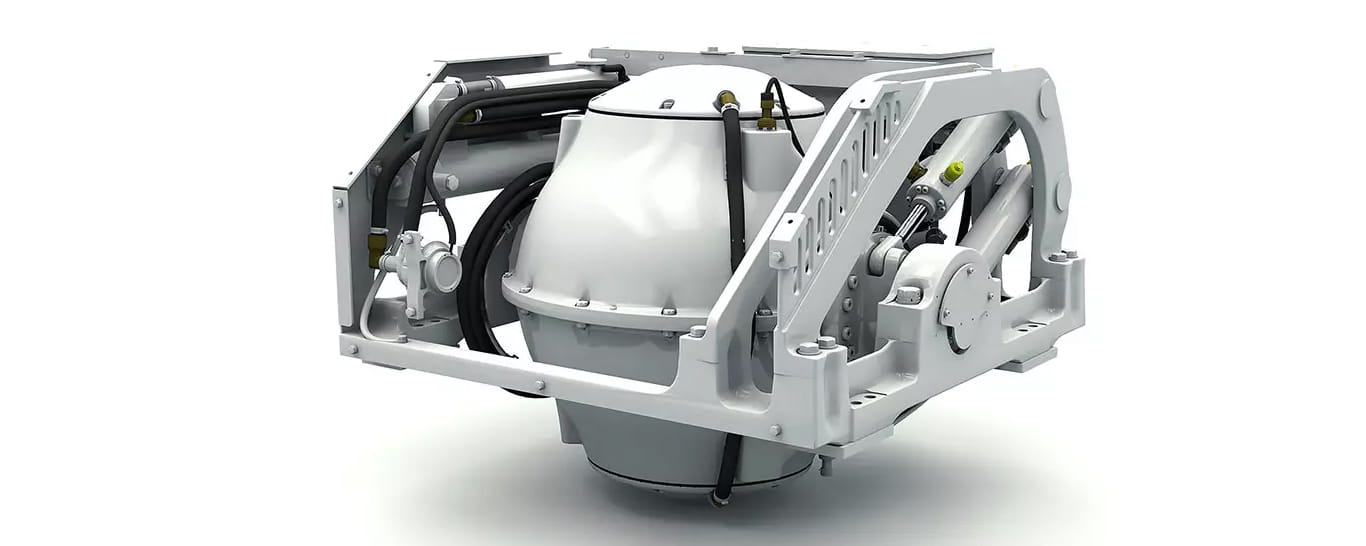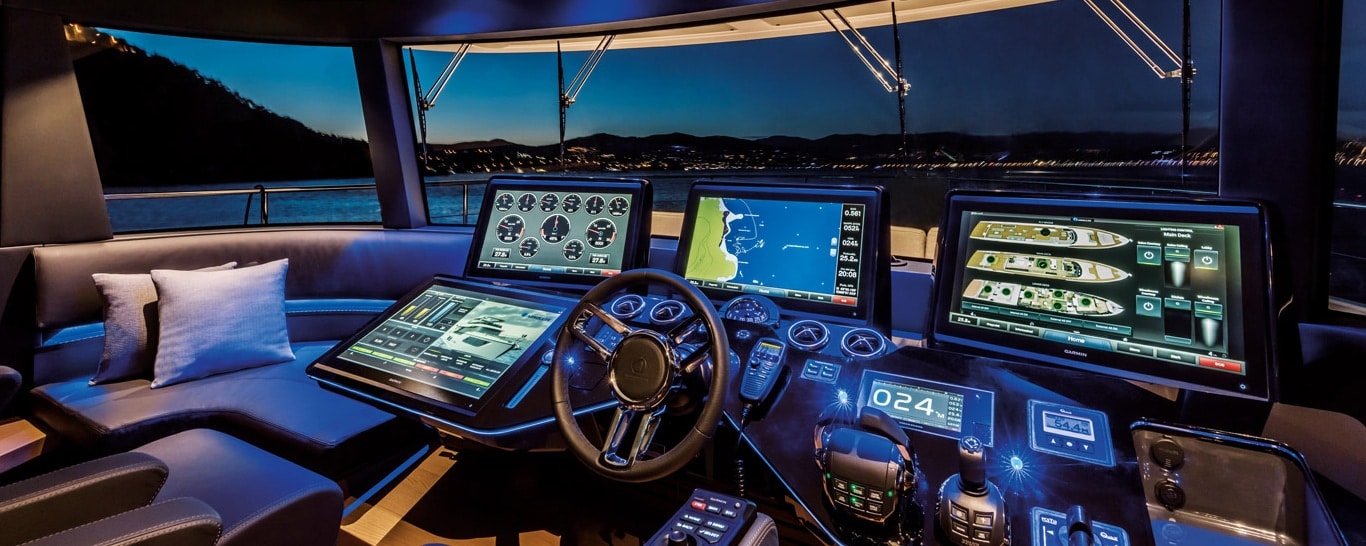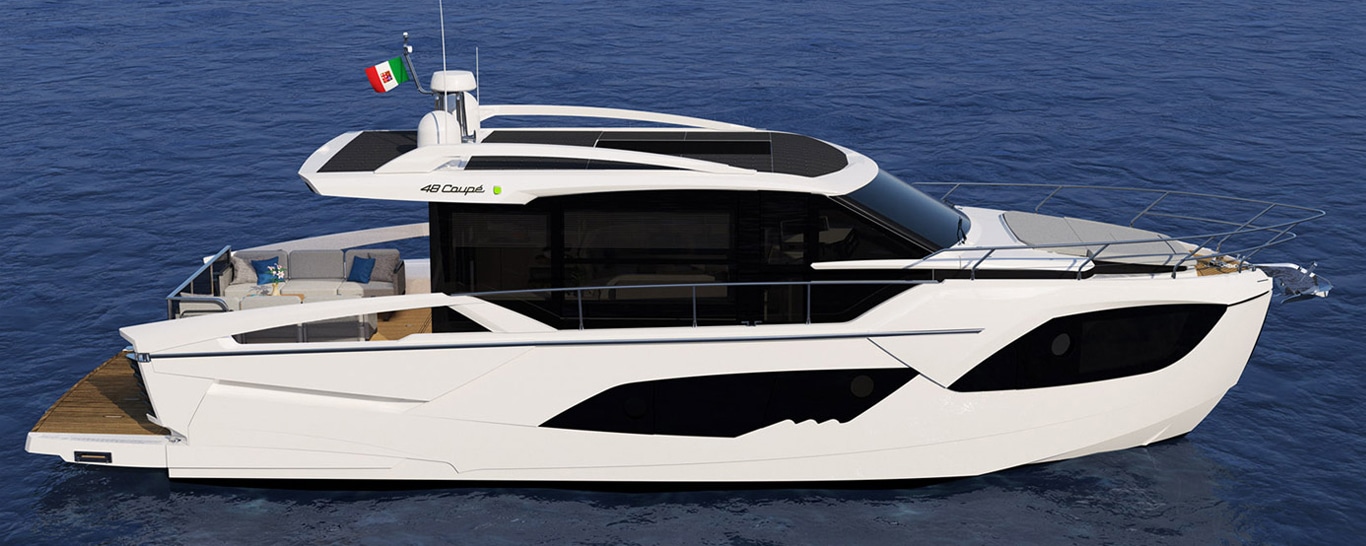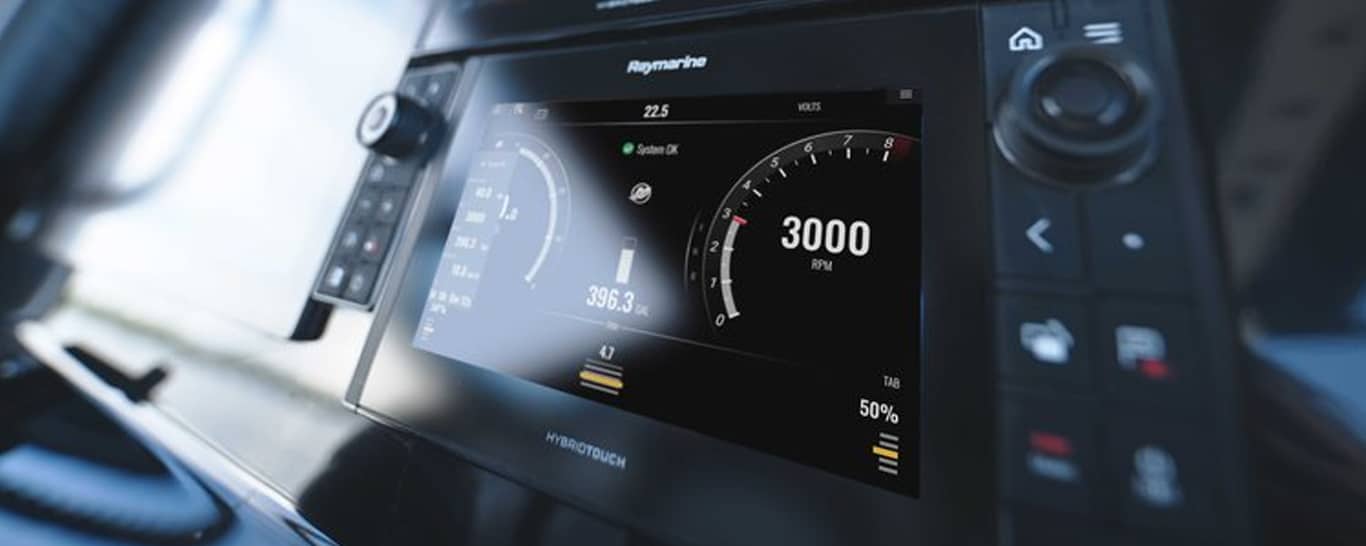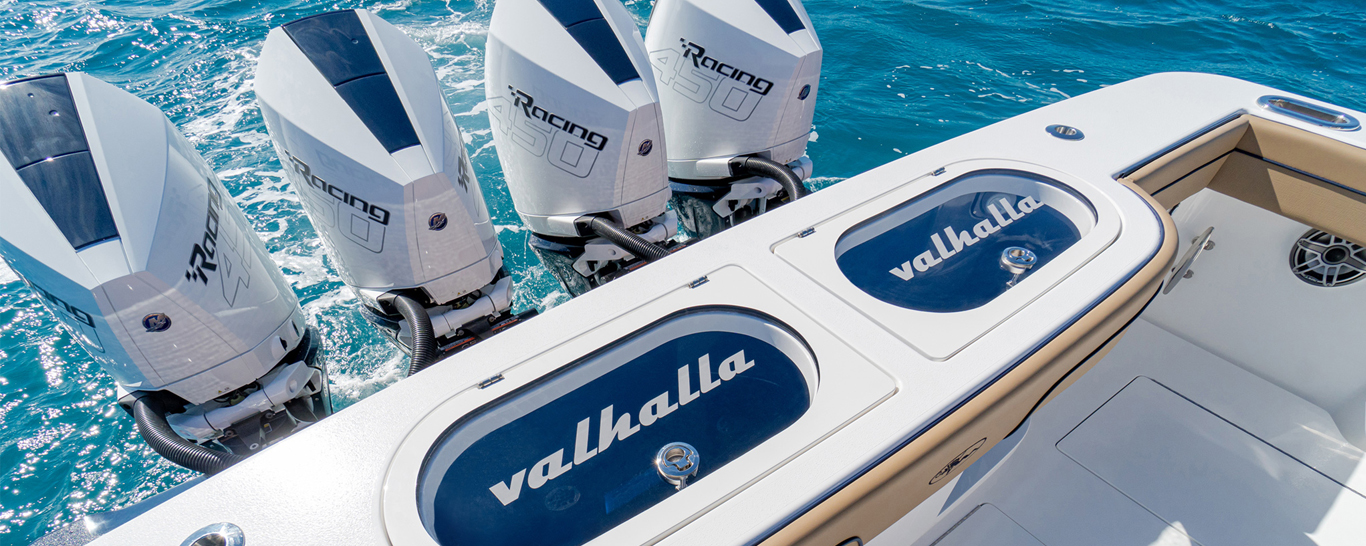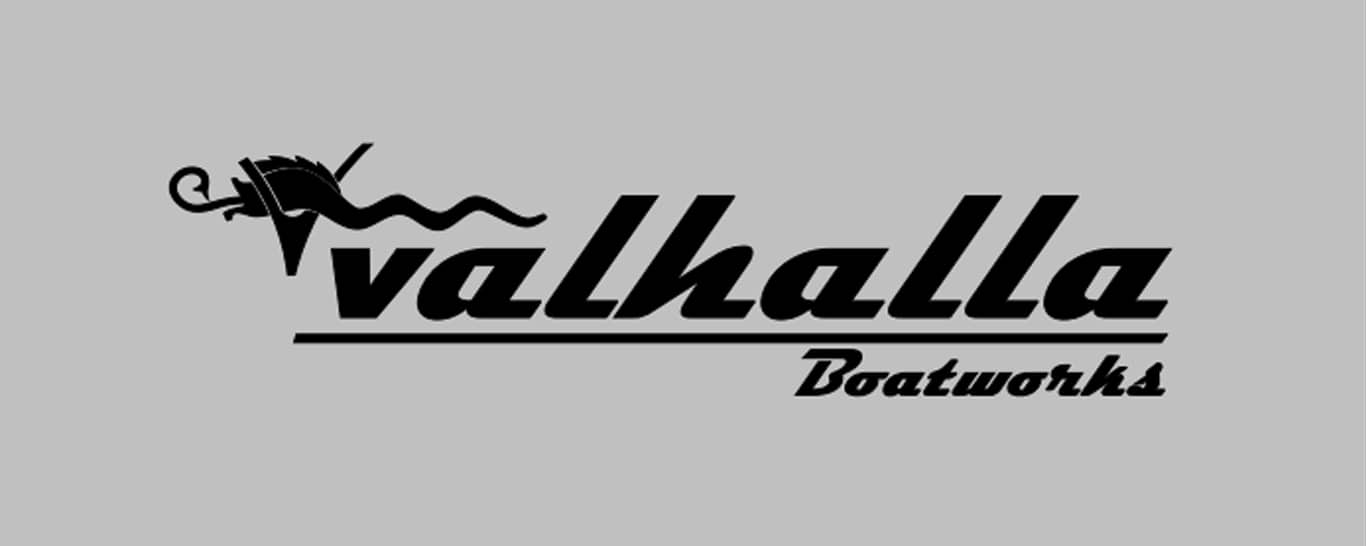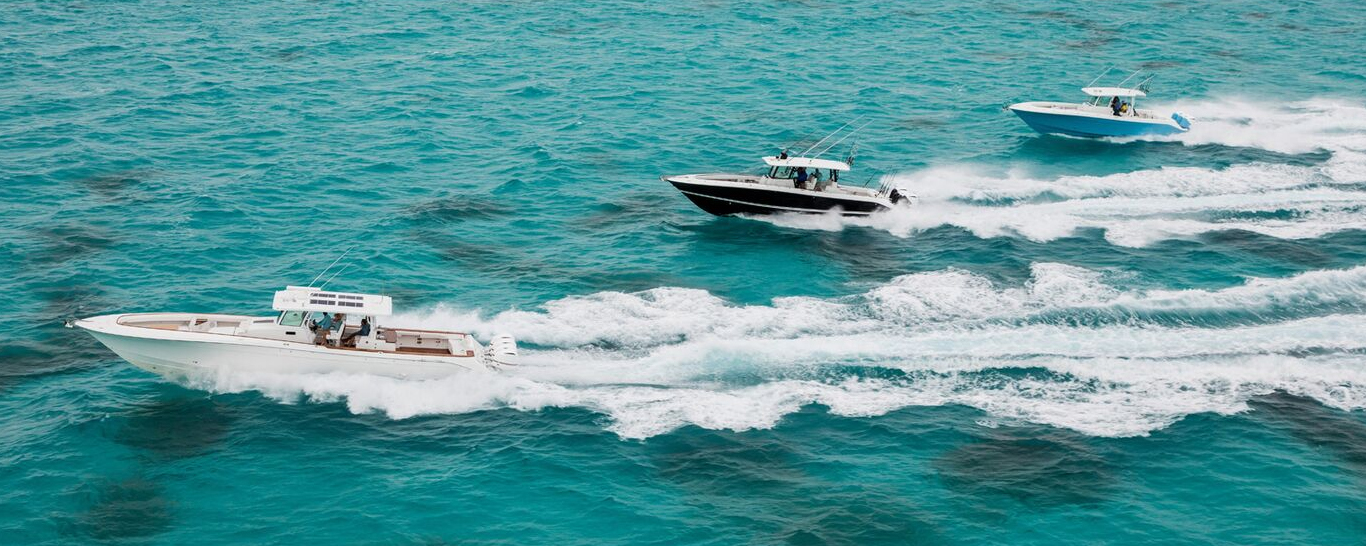
Seakeeper is a marine leader in motion control technology. The famous gyroscopic stabilizer eliminates boat roll and pitch on boats 23′ and up. When it comes to space, most boats will have extra in the bilge, center console, engine room, or the crew quarters. This technology is available for installation almost anywhere on board.
Getting a New Boat
Seakeeper has completely transformed the boating experience for new and experienced boaters alike. Due to its increased popularity, many boat builders offer Seakeeper as an option or even standard equipment. Builders such as these create the boat with Seakeeper in mind, creating a perfect fit.
Refit the Boat you have and Love
Seakeeper Dealers train in choosing installation locations. An expert will perform a thorough survey of a vessel before installing the Seakeeper. The Dealer will work with the owner to determine the best installation location. There are certain things the expert will consider when determining the location.
- Adequate Space – A Dealer will look for enough space to accommodate the Seakeeper Aft of Amidships. He will also look to see if there is enough clearances for routine service. Above or below deck does not matter, nor does on or off centerline when it comes to placing a Seakeeper. As long as there is enough space, the dealer can install the stabilizer. Seakeepers function by affixing to the structure of the vessel. No matter where it sits, it will cut down boat roll.
- Boat Structure (stringers, bulkheads, hull, etc.) – A dealer checks if the boat needs any modifications to meet structural requirements. the smallest model, Seakeeper 1, has a max anti-rolling torque of 2,620 Newton-meters. This converts to a load of 1,932 ft-lbs. Because of this, the structure a Seakeeper mounts on has to be up to par.
- Electrical Capacity – AC Seakeeper models consist of Seakeeper 5 and up. The existing generator must have the capacity to support the power consumption. The DC models consist of Seakeepers 1, 2, and 3. These will need battery capacity. In some cases, the unit will need extra battery capacity. A dealer will review the power setup and factor in extra space for more power if it’s needed.
- Weight Study – Some dealers conduct a weight study. This is to determine what effect the weight would have on heel, trim, and underway performance. Experts might also add water bags, plastic drums of water, or lead weights. Water weights should equal the weight of the Seakeeper. During the boat’s sea trial, owner’s will ensure the boat performance is up to satisfaction.
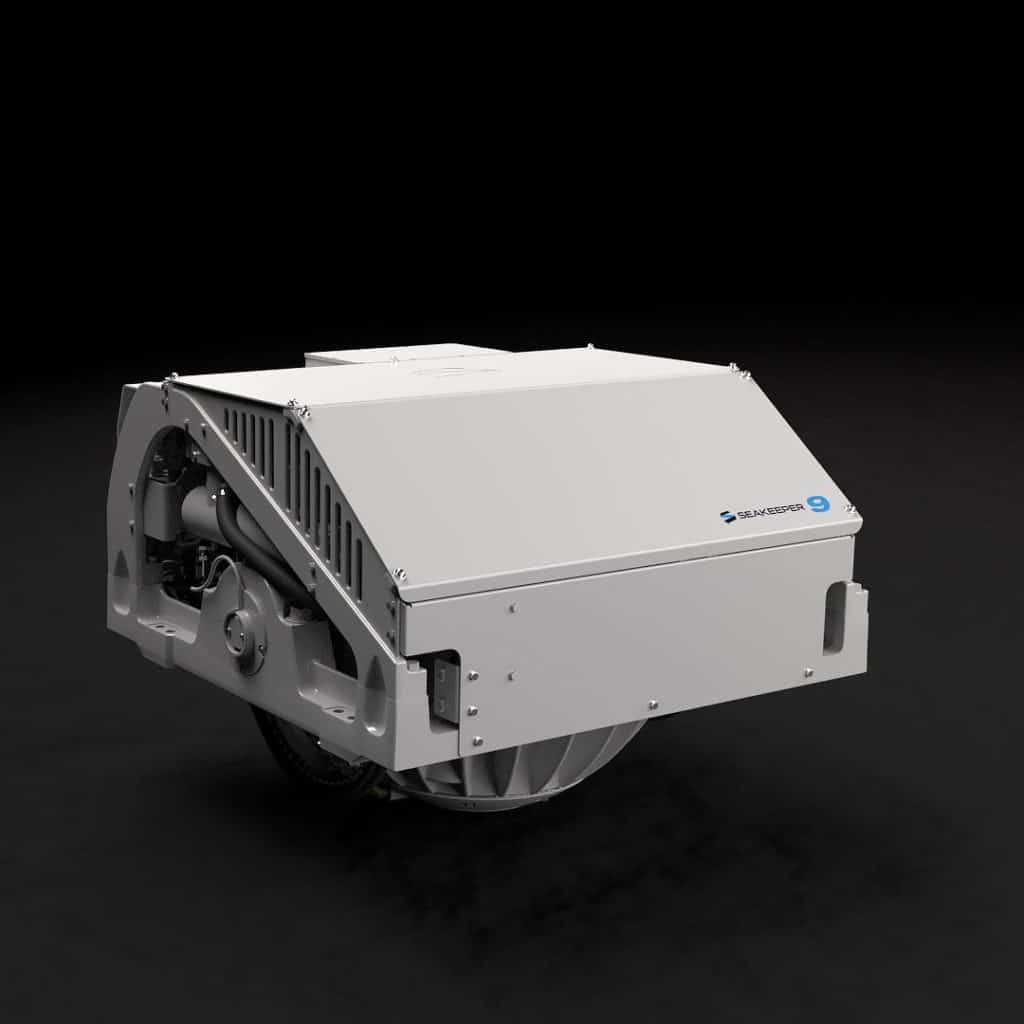


Common Installation Locations
Seakeepers can go practically anywhere onboard. But here’s a quick list of common places:
Boats ~ 23-40 ft (Seakeeper 1 – 3)
- Bilge Space (below deck)
- Center Console
- Leaning Post
- Engine Room
Boats ~ 40+ ft (Seakeeper 5 – 35)
- Engine Room
- Lazarette
- Cockpit (below deck)
- Crew Quarters (below deck)
- Accommodation Space / State Rooms (below deck)
- Tender Garage
